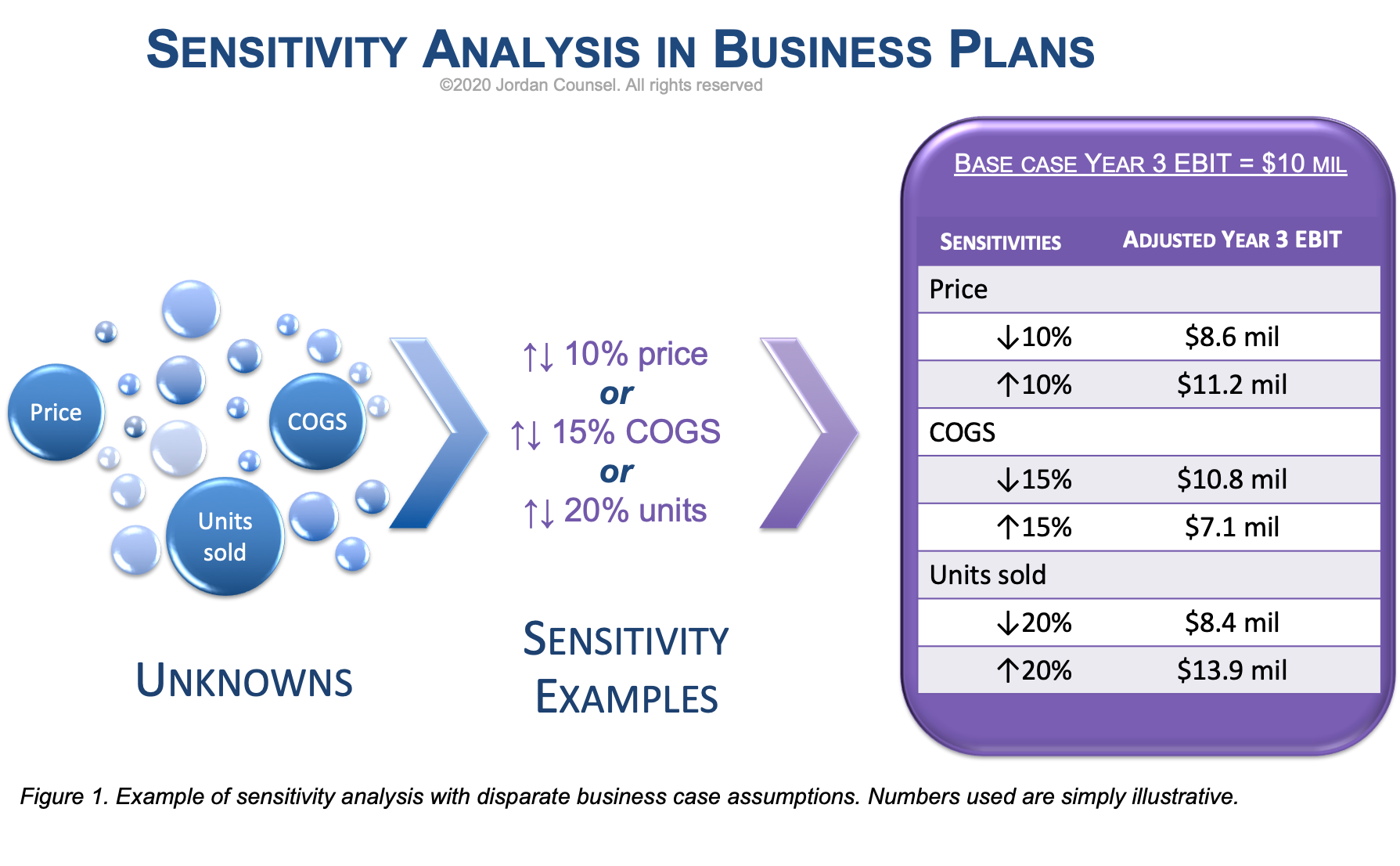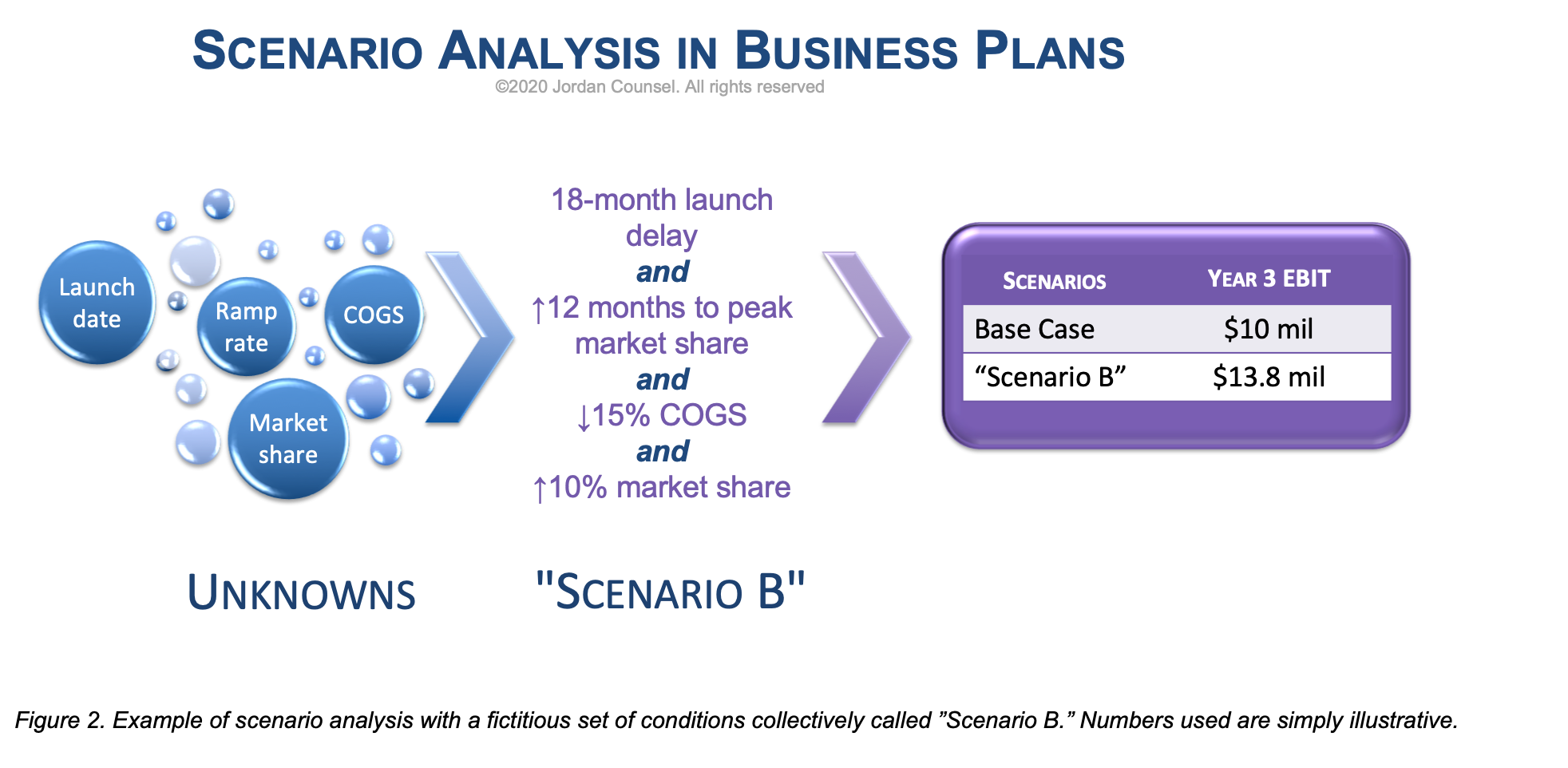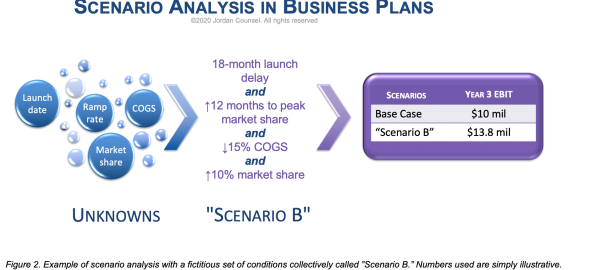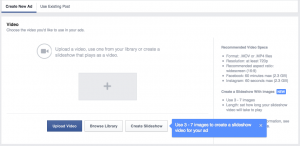“Social distancing.” “Flattening the curve.” “Zoonotic transfer.” “Personal protective equipment.” “Community spread.” “Containment area.” “N95 masks.” Phrases that were meaningless for most of us in January are now used in common parlance.
The changes we’ve witnessed over the last few weeks obviously extend beyond rhetoric. The current crisis has exposed unmet needs not just in medicine, vaccines and diagnostics, but also in telecommuting, home entertainment, remote learning and sanitization. Fulfillment of those unmet needs may require technological innovation (e.g., particulate respirator masks with extended shelf life) or market-based innovation (e.g., improved distribution channels for toilet paper). Despite this need for innovation, society may currently be more averse to risk.
Risk aversion impacts business plans that innovators create to convince others of the feasibility of their business concept. While all business plans are aspirational, those that contain lots of conjecture are not credible. Unpersuasive business plans are rejected because they are deemed risky.
To enhance your business plan’s credibility, filter out the risk. The three elements discussed in this article will help you create a business plan that is beyond reproach.
- MARKET ANALYSIS
Innovations that arise from public health crises often provide a public benefit. In fact, many of those innovations are promoted through benefit corporations (not to be confused with non-profit organizations), which are legally required to positively impact society or the environment. Even if the purpose of your startup is to provide a public benefit, your business plan’s fundamental goal is to prove profitability.
Assumptions: Business plans demonstrate profitability by making projections about the company’s performance under future market conditions. Yet not all future market conditions are predictable. For example, how many five-year business plans from 2015 anticipated a pandemic that would bring the world’s economy to a screeching halt? Probably not too many. Strong business plans, however, anticipate reasonably foreseeable eventualities. Your job is to determine the set of market conditions that should be anticipated.
Market research: The starting point for substantiating your assumptions isn’t a crystal ball, but market research. All significant assumptions in your business plan should be referenced, preferably citing reliable sources. Depending on your particular business concept, your sources may come from primary research (such as interviews and direct observations) or secondary research (e.g., online searches).
Free resources: When building bottom-up forecasts, use current statistics (e.g., from the US Census Bureau’s online database) and account for future growth rates. For top-down models, borrow heavily from market analyses created by investment banks and annual reports of publicly traded companies, both of which are easily found online.
Caveats: If relevant data isn’t readily available, guesstimates can suffice. You should nevertheless ensure that your business plan explains the rationale of your guesstimates and assumptions. Those rationales are your qualitative caveats. In the business plan’s financial projections, you should perform sensitivity analysis and scenario analysis to provide quantitative caveats. These quantitative caveats are described below.
- SENSITIVITY ANALYSIS
Use sensitivity analysis to demonstrate how your financial metrics will be affected if the value of a single assumption is changed. Sensitivity analysis essentially asks the question, “But what if…?” For example, your sensitivity analyses can show the impact of increasing COGS by 15% or decreasing sales by 50%. The results of your sensitivity analysis can be reported either as an absolute figure (e.g., adjusted Year 3 EBIT, as in Figure 1) or the incremental change from the base case’s financial metric.

Source: JORDAN COUNSEL
Business plans sometimes contain hundreds of assumptions and guesstimates. It would be impractical to perform sensitivity analyses on all of those assumptions. When selecting the assumptions for your sensitivity analysis, choose the ones that have been (or will likely be) most heavily disputed by your stakeholders. Also include the assumptions that are poorly substantiated. One assumption typically included in sensitivity analyses is ‘number of units sold.’ If your pricing strategy is market-based (i.e., you will have little flexibility when setting your company’s prices), you can also include ‘price’ in your sensitivity analysis.
- SCENARIO ANALYSIS
Sometimes two or more assumptions are closely correlated. For example, an R&D investment that increases COGS may result in an earlier launch date (i.e., decreased time to launch) and increased market share. In such instances, those business plans should include scenario analysis, which basically asks the question, “But what if… and… and…?” Whereas sensitivity analysis sequentially adjusts individual assumptions, scenario analysis simultaneously modifies multiple assumptions (as depicted in Figure 2).
 Source: JORDAN COUNSEL
Source: JORDAN COUNSEL
The assumptions in your base case scenario should reflect the conditions your startup will most probably encounter. Beyond that base case, you can add best- and worst-case scenarios by modifying certain assumptions. Assumptions that are commonly tweaked in scenario analysis include:
- Time to launch
- COGS
- Peak market share
- Ramp rate (i.e., the time needed to reach peak market share).
Returning to our earlier example, while business plans from 2015 may not have anticipated a global pandemic, they could have included a scenario wherein market forces caused substantially lower supply chain throughput and sales.
In summary, integration of the above three elements will remove much of the uncertainty and risk that habitually plague business plans. As a result, rather than being distracted by ambiguities when reading your business plan, your business partners and investors can focus on the ingenuity of your innovation.
Business & Finance Articles on Business 2 Community
(47)
Report Post







